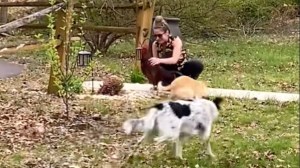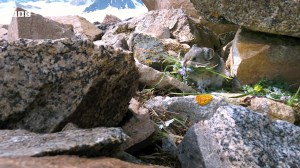In April 2016, a dedicated team of researchers from Scripps Institution of Oceanography at the University of California San Diego and the Western Australian Museum set off in the waters of southwest Australia to try to search for a newly-discovered third species of sea dragon known as the Ruby Sea Dragon. The team launched a Remotely Operated Video Enhanced Receiver (ROVER) that could dive down deep enough below the surface where captured the very first images of a live bright red syngnathidae swimming around in their natural habitat. A live specimen had never been seen before.
Researchers at Scripps Oceanography and the Western Australian Museum capture on video the first-ever field sighting of the newly discovered third species of seadragon. As they observed two Ruby Seadragons on video for nearly 30 minutes, the scientists uncovered new details about their anatomy, habitat, and behavior.
via New York Times






